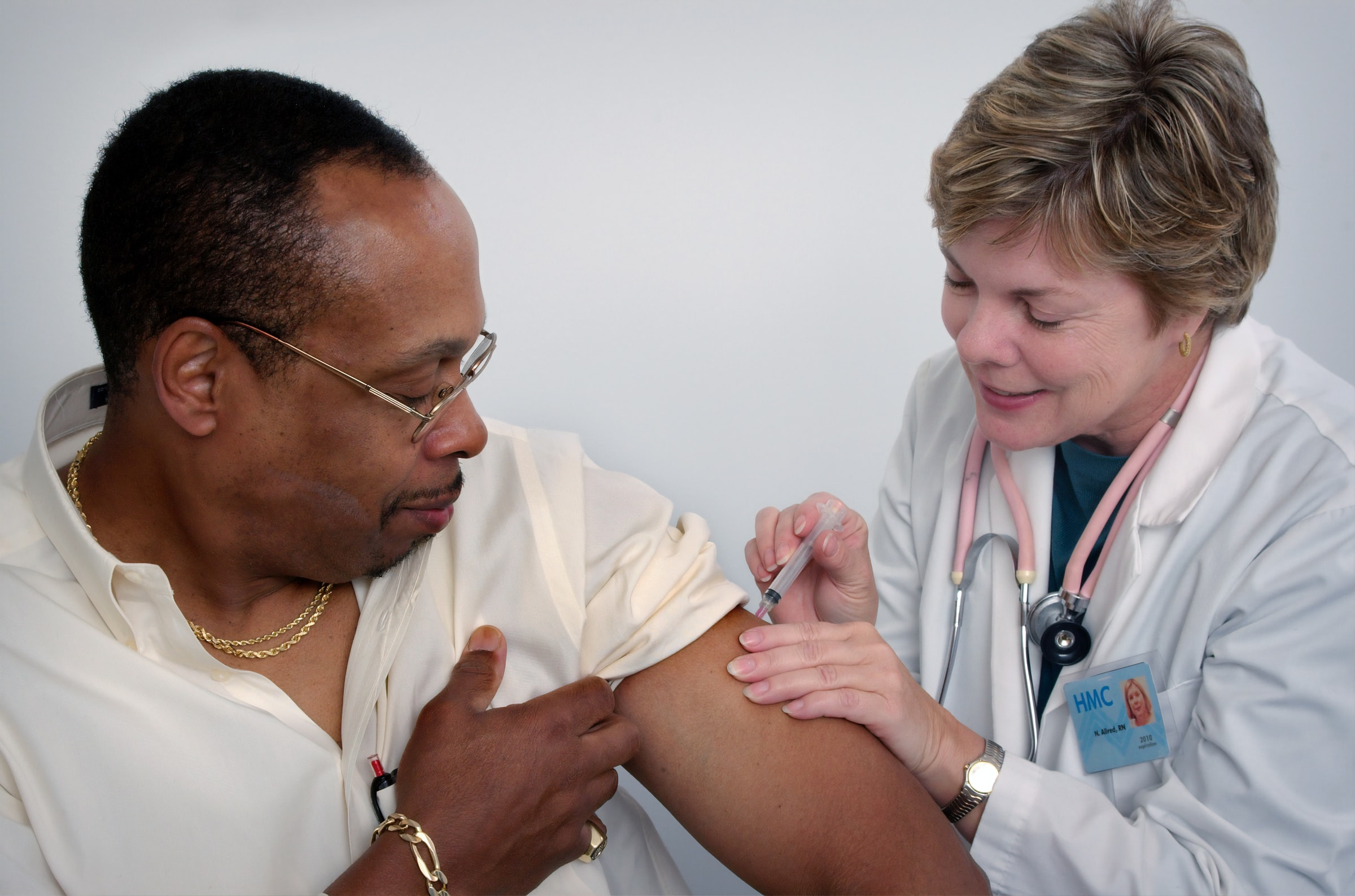As life starts to return to a “new” normal from the COVID-19 pandemic, we are coming to a point where the number of COVID-19 cases are increasing, but more and more individuals are able to receive the COVID-19 vaccine in the U.S.
Over the course of the pandemic, we have seen COVID-19 take the lives of family members, friends, colleagues, and loved ones. According to the Centers for Disease Control and Prevention (CDC), as of July 9, 2021, a total of 2,297,764 people have been hospitalized in the U.S. due to COVID-19 and 33,604,986 people have reported having COVID-19. Not only has the pandemic changed our lives on a personal, social, and emotional level, but it has also impacted the death rates in the U.S. Over the past 18 months we have witnessed the leading causes of death shift throughout the U.S.
Health System Tracker points out that as of January of this year, COVID-19 had surpassed both heart disease and cancer to become the leading cause of death. The article explains that COVID-19 has since dropped to seventh place in the top ten leading causes of death (June 2021). The top three leading causes of death for men in the U.S. are now heart disease, cancer, and unintentional injury.
Although COVID has taken the lives of many, as of June 2020, 57% of COVID-19 deaths have been men according to the CDC. So, why has COVID-19 had a greater impact on men?
Experts have theorized that the reason more men have died due to COVID-19 is because of men’s approach to their personal health. Most men are not as proactive about their health as women. Compared to women, men are less likely to schedule annual visits with a primary healthcare provider. Furthermore, men prioritize their health less than women do. Men are more likely to have weaker adaptive immune systems and preexisting health conditions, such as obesity and diabetes, which are likely to increase chances of dying from COVID-19, according to the CDC.
Pre-existing conditions and other factors come from certain health behaviors that are prominently linked to men. According to the CDC, men have higher rates of tobacco and alcohol use than women. Additionally, women are more likely than men to practice good COVID-19 health behaviors such as hand-washing, wearing a mask, and social distancing. Each of these factors have played a role in the increased death rate of men due to the COVID-19 pandemic in the U.S.
While vaccines are now available, COVID-19 vaccination rates in men lag slightly behind that for women. And, the Kaiser Family Foundation reports that the highest vaccination rates are among Asians (62%), with whites (47%), Hispanics (39%) and blacks (34%) following in that order.
Women are more likely to be vaccinated than men, and early on in the national vaccination campaign the gap between men and women was substantial, but now the gap has dwindled with women receiving about 53.5% of vaccines.The fact that women continue to trend in vaccine acceptance is not surprising as national data shows that women tend to get vaccinations, particularly for seasonal flu, at much higher rates than men.
The reasons men continue to be reluctant to be vaccinated against a virus that causes significantly more severe illness and death in men is complex, multifaceted and still poorly understood. However, most health experts believe that part of the reason men, particularly younger men, are not being vaccinated is because of the overall lower levels of health service use by men. Part of the reason is the stigma men often wrongfully associate with seeking hearthcare, that using health services somehow takes away from their sense of self-reliance, ability to “fight it” and invincibility.
We know that men have been greatly impacted by the pandemic, both emotionally and physically. Men’s Health Network (MHN) celebrated Men’s Health Month this June to encourage men to improve their health, especially when it comes to COVID-19.
MHN promoted men’s health through three twitter chats, one of which was focused on vaccine hesitancy among men. MHN also hosted a webinar with the Department of Health and Human Services on Men’s Health, Gender Equity, and the COVID-19 Pandemic and a Congressional Briefing on Men’s Mental Health and COVID-19. Both of which can be viewed on YouTube here and here.
MHN has also partnered with the Patient Centered Outcomes Research Institute (PCORI) on three evidence-based research papers that explore the connection between the COVID-19 pandemic and men. Links to these research papers can be found at the bottom of this article.
Men’s Health Network invites you to continue raising awareness about Men’s Health and the COVID-19 pandemic. We hope that together we can work to improve the well-being of all men, boys, and their families.
COVID-19 and Minority Men
https://www.menshealthnetwork.org/library/behavioral-health-boys-men-covid-19-minorities-summary.pdf
COVID-19 and Men, Behavioral Health, Clinical Considerations
https://www.menshealthnetwork.org/library/behavioral-health-boys-men-covid-19-clinical-summary.pdf
COVID-19 and Men, Behavioral Health, Economic Effects
https://www.menshealthnetwork.org/library/behavioral-health-boys-men-covid-19-economic-summary.pdf
Written by:
Amber Schaffer – Research Associate at Men’s Health Network
Melissa Barlow – Public Policy Associate at Men’s Health Network




